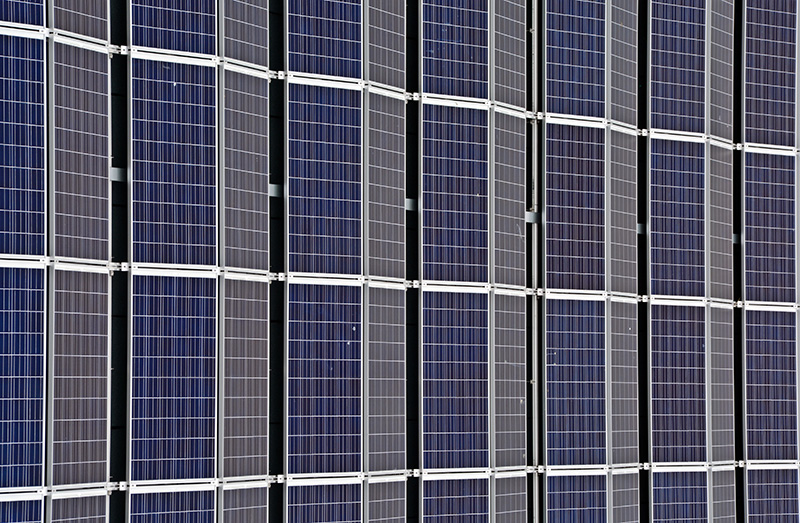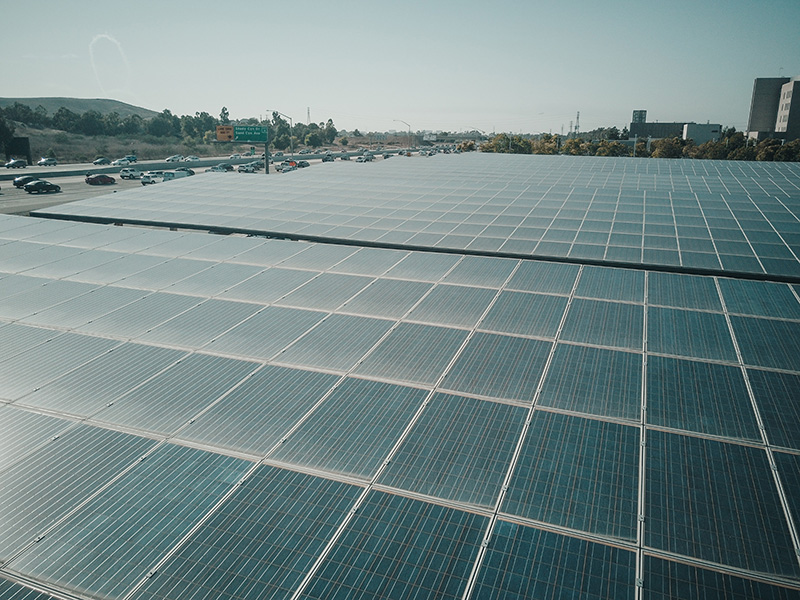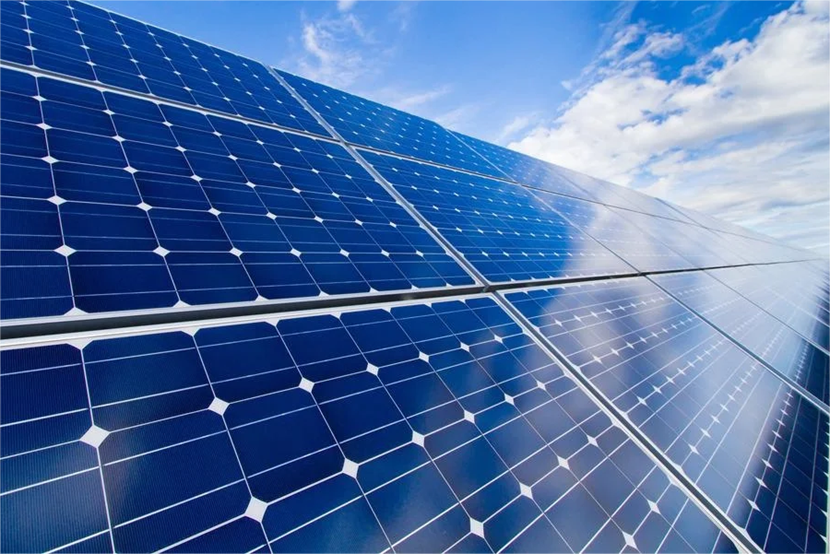Description
Polycrystalline solar panels' cost varies based on several factors like brand and region. The average price of polycrystalline solar panels is between $0.50 and $0.70 per watt. So, a 300-watt panel might cost around $150 to $210. These prices are for the panels only and exclude installation or other components. It's recommended to obtain current quotes from suppliers for precise pricing.

Factors Affecting the Cost of Polycrystalline Solar Panels
The cost of polycrystalline solar panels is influenced by several variables. As solar technology progresses and becomes more prevalent, it's crucial to understand these cost determinants. Below are detailed insights into these factors.
Manufacturing Process
Polycrystalline solar panels are created by melting multiple silicon fragments together. The manufacturing technique involves casting silicon in a mold to form a square block, which is then sliced into thin wafers. The blueish hue of these panels arises from this method. Since multiple crystals are involved, there's less waste in the production process, which can reduce costs compared to
monocrystalline panels. However, the intricate process, coupled with the need for quality assurance, can elevate the manufacturing expenses.
Efficiency Levels
Efficiency pertains to the amount of sunlight a solar panel can convert into usable energy. Polycrystalline panels typically have an efficiency rating between 15-17%. As production techniques improve and the efficiency of these panels increases, one might anticipate the costs to slightly rise due to the enhanced technology. On the flip side, as more efficient panels flood the market, older, less efficient versions might decrease in price.
Panel Size and Wattage
The size and power output of the panel have a direct relationship with its cost. Generally, the larger the panel and the higher the wattage, the more expensive it will be. Below is a table showcasing typical panel sizes and their corresponding wattage:
| Panel Size (in meters) |
Typical Wattage (in watts) |
| 1.6 x 1 |
250-300 |
| 1.65 x 1 |
300-350 |
| 1.75 x 1.05 |
350-400 |
Location and Availability
The geographic location plays a pivotal role in determining the price. Regions with high demand for solar installations but limited supply might witness elevated prices. Additionally, import taxes, shipping costs, and local regulations can all impact the final price tag. For instance, in areas where solar energy is heavily promoted, subsidies or tax incentives might reduce the cost of
polycrystalline panels for consumers.
By understanding these factors, individuals and businesses can make informed decisions regarding the adoption of polycrystalline solar panels and anticipate cost-related challenges.
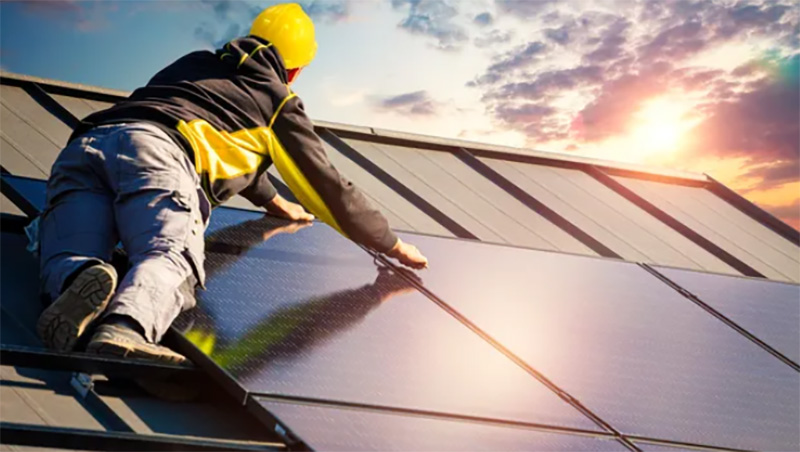
Comparison of Costs
When considering solar panel installation, the cost is often a paramount concern. Analyzing the financial implications and return on investment requires a comprehensive understanding of the associated costs. Below is a deep dive into the cost dynamics of solar panels.
Polycrystalline vs. Monocrystalline Solar Panels
Both polycrystalline and
monocrystalline solar panels are popular choices in the market. But their costs differ due to their distinct manufacturing processes and efficiencies.
Polycrystalline Solar Panels: Made by melting multiple silicon fragments together, these panels are typically less expensive because of the lower waste in the production process. However, they generally have a lower efficiency, ranging between 15-17%.
Monocrystalline Solar Panels: Derived from a single crystal structure, monocrystalline panels are more efficient, often reaching efficiencies over 20%. The manufacturing process, which involves slicing cylindrical silicon wafers, results in a higher waste. This, combined with their superior efficiency, makes them more expensive than their polycrystalline counterparts.
Price Evolution Over the Years
The solar industry has witnessed a dramatic decline in prices over the past decade. Advancements in technology, economies of scale in manufacturing, and increased competition have driven prices down. For instance, in the early 2010s, the average cost per watt was around $4. This figure plummeted to approximately $1-$2 by the end of 2020. Analysts predict further reductions as solar energy adoption accelerates and innovations continue to streamline the manufacturing process.
Cost Breakdown per Watt
- Labor Costs: Often range between $0.10 to $0.20 per watt. This cost covers the installation process, which includes mounting the panels, wiring, and configuring inverters.
- Equipment Costs: Ranging from $0.20 to $0.50 per watt, this includes inverters, mounting hardware, and other necessary components.
- Permitting and Inspection Fees: These usually cost around $0.10 per watt. They encompass local permitting fees and the expenses of grid interconnection.
- Operational and Maintenance Costs: These ongoing costs can be around $0.01 to $0.03 per watt annually. They cover periodic maintenance, cleaning, and potential repairs.
In conclusion, understanding the nuances of these costs provides clarity when investing in solar energy. Whether choosing
polycrystalline or monocrystalline panels, staying informed about the financial implications is crucial for a worthwhile investment.
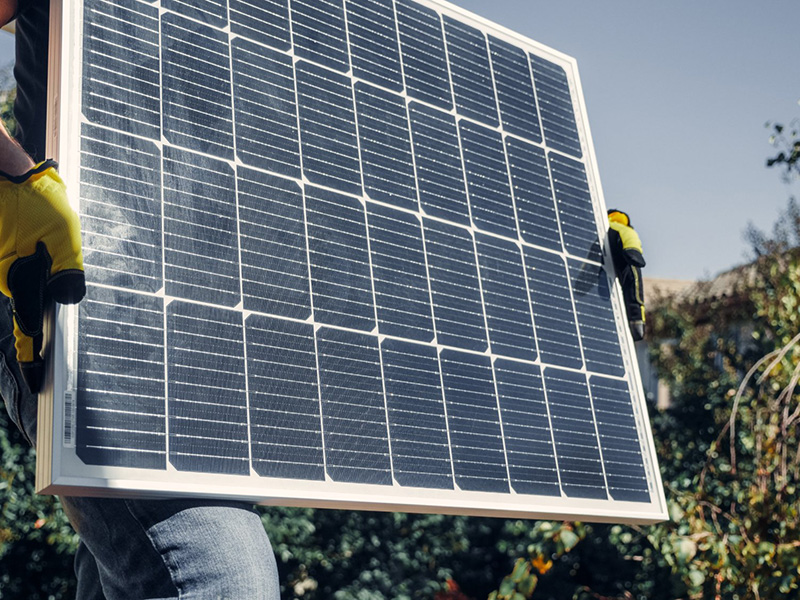
Economic Benefits of Polycrystalline Solar Panels
Polycrystalline solar panels not only contribute to environmental conservation but also offer substantial economic benefits. From upfront savings to long-term financial incentives, these panels promise an impressive return on investment. The following sections detail the key economic advantages of integrating polycrystalline solar panels into your energy system.
Return on Investment (ROI)
- Initial Cost vs. Long-Term Savings: Although there's an upfront cost associated with solar panel installation, the savings on energy bills over time often outweigh this initial investment. For example, if the installation costs $10,000, and you save $1,200 annually on energy bills, the ROI period would be a little over eight years.
- Appreciation in Property Value: Homes equipped with solar panels often see an increase in property value. According to some studies, homes with solar installations sell for about 4% more than those without.
- Protection Against Energy Price Volatility: By producing your electricity, you're less susceptible to fluctuations in energy prices, ensuring more predictable energy costs in the long run.
Reduction in Electricity Bills
- Immediate Savings: From the moment your solar panels are operational, you'll begin to see a reduction in your monthly electricity bills. Depending on your location and energy consumption, some households report up to a 50% reduction.
- Net Metering: Many regions offer net metering, allowing homeowners to sell excess electricity back to the grid. This can lead to even further reductions in energy bills or even generate a profit.
Tax Incentives and Rebates
- Federal Tax Credits: Many countries offer federal tax credits for solar installations. In the US, for instance, homeowners can claim a significant percentage of their installation costs through the Investment Tax Credit (ITC).
- State and Local Incentives: On top of federal incentives, several states and municipalities provide additional rebates and credits, making solar installations even more financially appealing.
- Utility Company Incentives: Some utility companies offer rebates for solar installations, further reducing the upfront cost.
In summary, integrating polycrystalline solar panels into your energy solution is not just an environmentally conscious decision but a financially savvy one. Through various savings and incentives, these panels can offer a robust economic benefit in the long term.
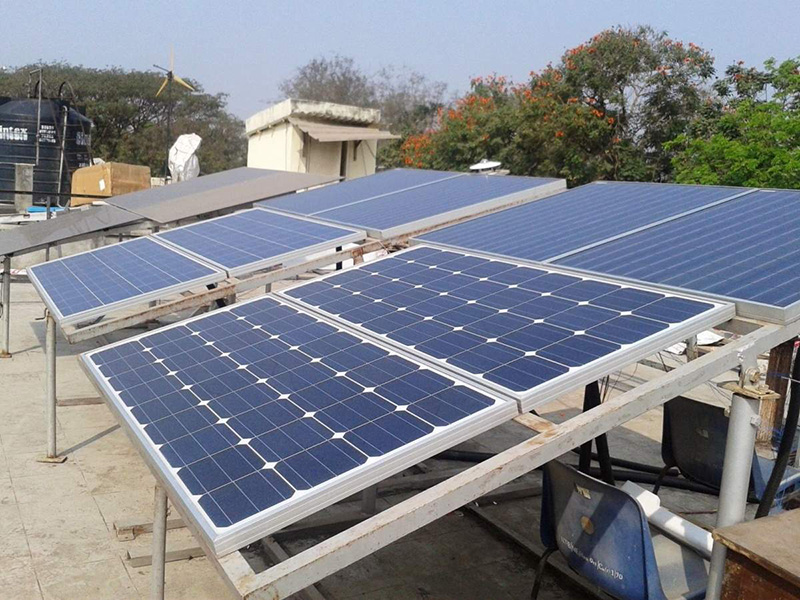
Installation Costs
Understanding the intricacies of installation costs is crucial for anyone considering adopting solar technology. While the panels themselves constitute a major part of the overall price, installation can also represent a significant portion of the investment. Let's delve into the factors that influence these costs and evaluate the pros and cons of different installation approaches.
Factors Affecting Installation Prices
- Size and Number of Panels: Naturally, the more panels you install, the higher the cost. However, buying panels in bulk might offer price reductions.
- Complexity of Installation: Prices can vary based on the complexity of the installation. For instance, sloped or unconventional roofs may increase the labor cost.
- Brand of the Panels: Some brands are pricier than others. For instance, Tongwei is a renowned brand known for its quality solar products. While you might pay a premium for such brands, you can also expect enhanced durability and performance.
- Geographical Location: Costs can vary based on where you live, with urban areas typically being more expensive than rural areas due to higher labor rates.
- Electrical Upgrades: Older homes might need electrical upgrades to accommodate solar installations, leading to additional expenses.
DIY vs. Professional Installation
- DIY Installation:
- Pros: DIY installations can save you labor costs, which can be a significant portion of the total price.
- Cons: It requires a good understanding of electrical systems and might take longer than a professional installation. Additionally, there's a risk of improper installation, which could affect performance or invalidate warranties.
- Professional Installation:
- Pros: Professionals bring expertise and experience, ensuring the job is done right the first time. They can also advise on the optimal setup for your specific circumstances. Moreover, many brands, including Tongwei, offer warranties that require professional installation.
- Cons: While more expensive than DIY, the peace of mind and quality assurance often justify the additional expense.
In conclusion, when factoring in the installation costs for solar panels, it's essential to consider both the immediate expenses and the long-term benefits. Whether you choose a trusted brand like Tongwei or decide between DIY and professional installation, being well-informed will help ensure a smooth transition to solar energy.

Maintenance and Longevity
As with any significant investment, understanding the longevity and maintenance requirements of solar panels is paramount. Polycrystalline solar panels, like other solar panel types, require periodic care to ensure they operate at peak efficiency over their lifetime. This section provides insights into their expected lifespan and the associated maintenance costs.
Expected Lifespan of Polycrystalline Solar Panels
Polycrystalline solar panels, constructed using multiple silicon crystals, are built to last. Here are some key points about their longevity:
- General Lifespan: On average, polycrystalline solar panels have a lifespan of 25-30 years. However, this doesn't mean they stop producing electricity after this period. Instead, their efficiency might reduce slightly over time.
- Efficiency Over Time: It's common for these panels to degrade at a rate of about 0.5% to 1% per year. So, after 25 years, you can still expect about 75-87.5% of the original panel efficiency.
- Warranties: Many manufacturers offer performance warranties that guarantee the panels will produce a certain percentage of their original output after a set number of years. For instance, a company might guarantee 80% performance after 20 years.
Maintenance Costs Over Time
Maintaining polycrystalline solar panels is relatively straightforward, but it's crucial to account for the following factors:
- Cleaning: Dust, dirt, and other debris can accumulate on the panel surface, potentially reducing its efficiency. Regular cleaning, which might be necessary every 6-12 months depending on the location, can prevent this. Depending on the region and the service, professional cleaning can cost between $10 to $20 per panel.
- Inspections: An annual inspection by a solar professional can help identify potential issues before they become severe. This might cost between $100 to $300, varying based on location and the size of the installation.
- Repairs and Replacements: While rare, issues like inverter replacements or fixing damaged panels can arise. An inverter might need replacement every 10-15 years, with costs ranging from $1,000 to $2,000. Panel replacements, on the other hand, are less common and might be covered under warranty.
In essence, while polycrystalline solar panels are designed for durability, ensuring regular maintenance can optimize their performance and longevity. Investing in periodic check-ups and cleaning can yield dividends in the form of consistent and efficient energy production throughout the panels' life.






